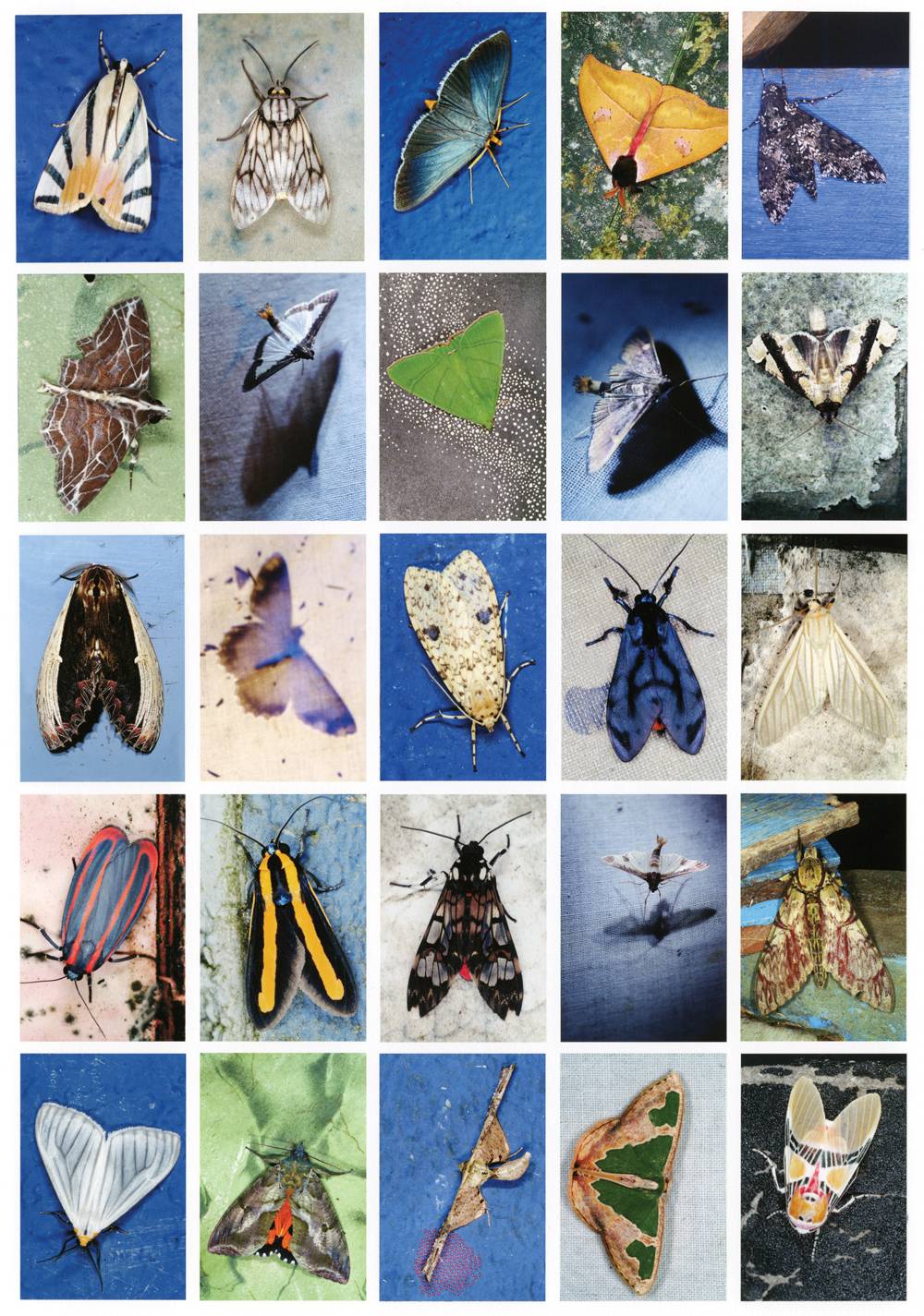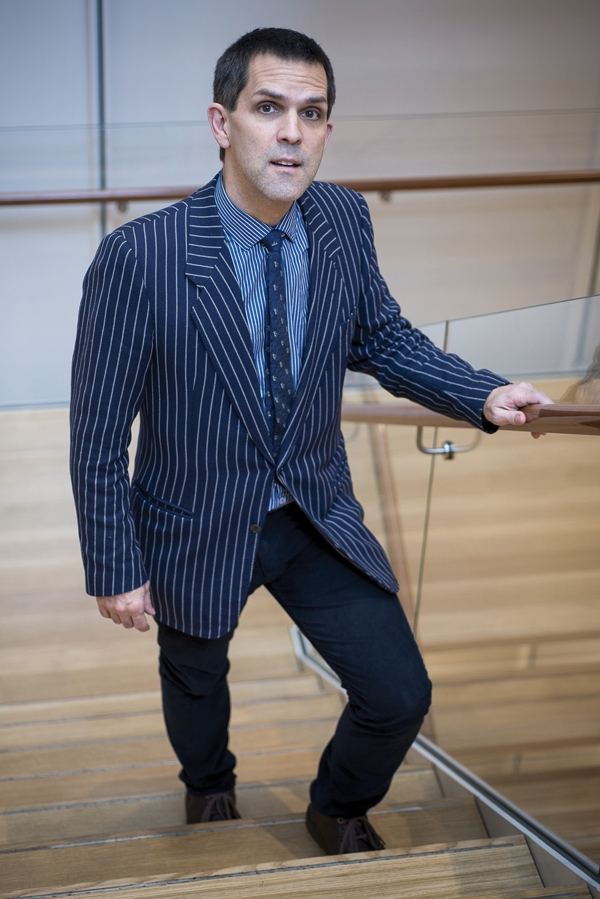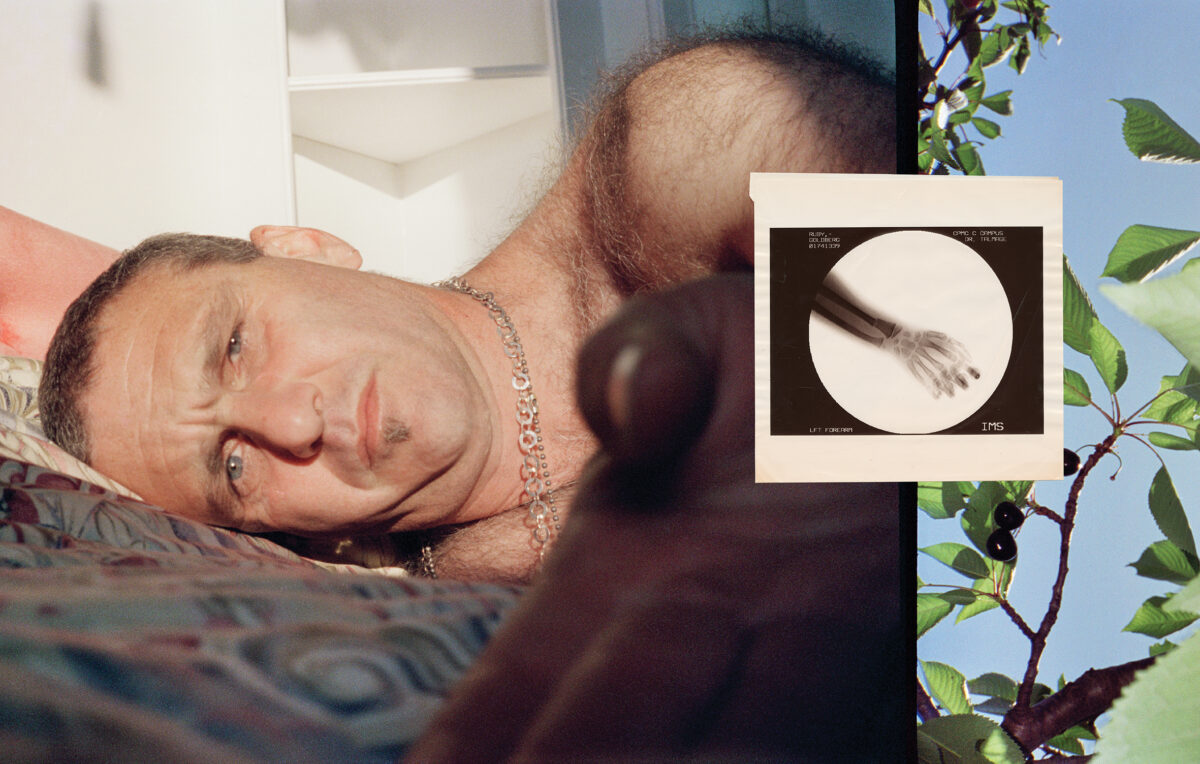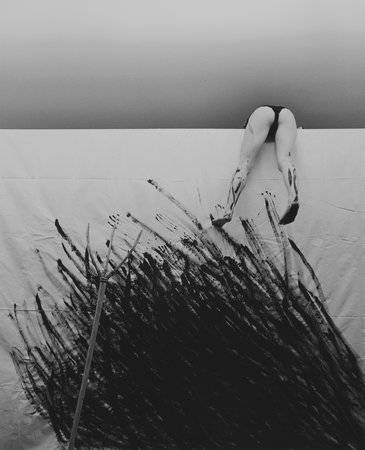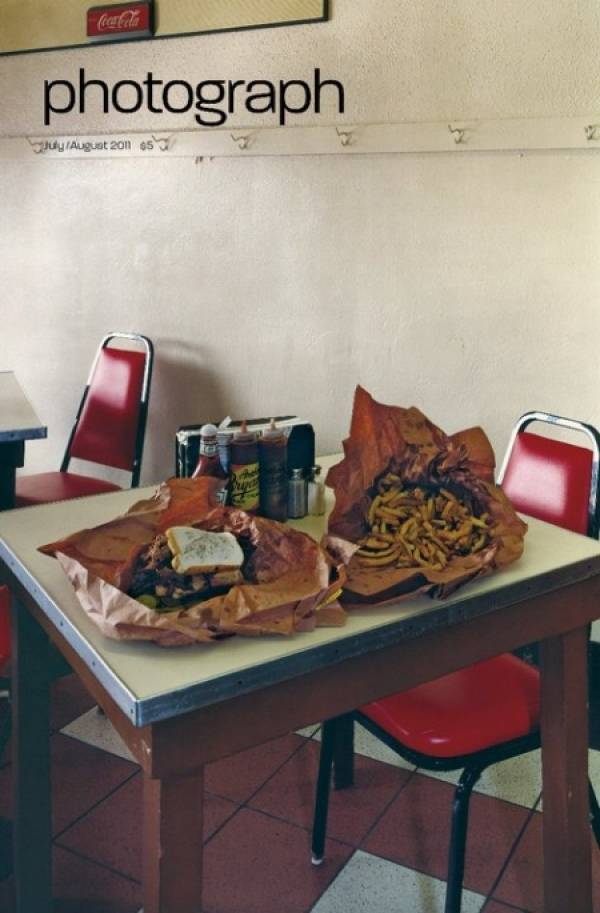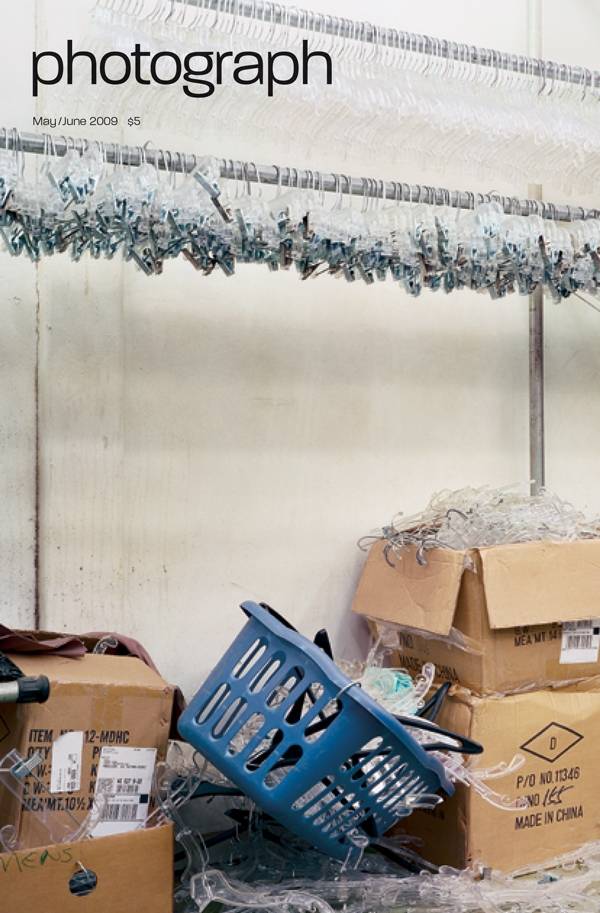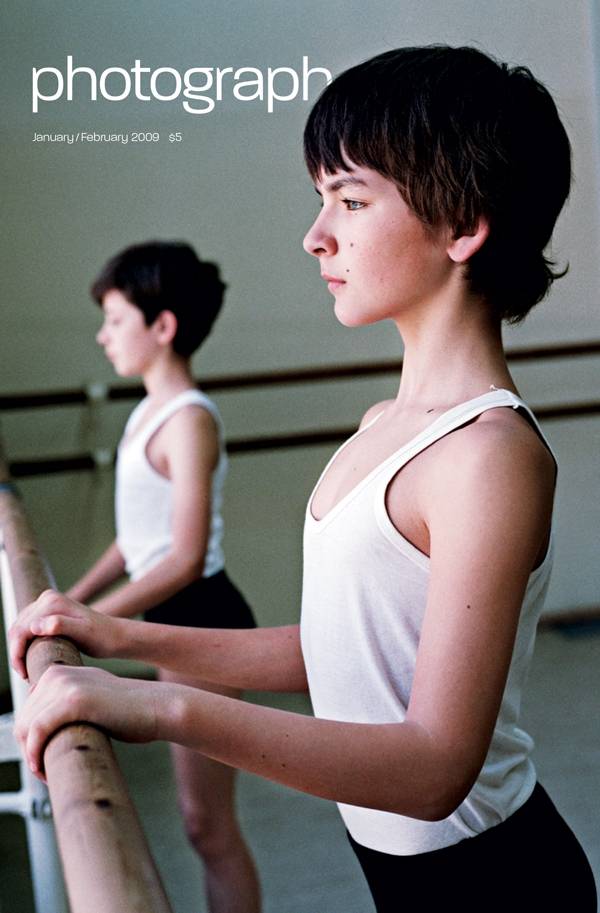Spending time with photographer Emmet Gowin is like being in class with a teacher who is more enthusiastic than even the best of his students. In a recent walk-through of his exhibition Hidden Likeness at the Morgan Library & Museum (through September 20), he was rhapsodic over several watercolors by William Blake, extolled the genius of the 17th-century printmaker Hercules Seghers, and revealed that he had gathered specimens of a dozen moth species in South America that were the only extant examples. His polymathic interests are expressed in the exhibition, developed by Gowin and his former student, the Morgan photography curator Joel Smith. The exhibition groups images from across Gowin’s career with carefully chosen works from the Morgan’s renowned collections, everything from a rare Botticelli drawing to a clay tablet from Mesopotamia. Among Gowin’s photographs are pieces from a series on Mariposas Nocturnas, grids of images of moths that Gowin photographed in Bolivia, Panama, and other locations. A stunning example is the cover image, the Large Index (2005). It is, however, not at the Morgan but on display in a parallel exhibition curated by Keith Davis at the Nelson-Atkins Museum of Art (July 1-November 8). “While I was photographing at the Smithsonian research station,” says Gowin, “moths would come in at night. I had this tangible sense of being visited.” Gowin at first photographed the insects against simple backgrounds, “but by the seventh or eighth index grid, I wanted to take culture to them,” he adds. So he brought pages of illustrations with him to use as backdrops, works by Degas and Van Gogh from art history books, and even a Civil War illustration. The obvious link would seem to be an aesthetic sense that sees nature and human constructions as ultimately dedicated to a similar end. Gowin describes it as “a wholeness that unites us, and yet [includes] all of the particularities.” The idea recalls a time before the natural sciences, art, and philosophy became specialized disciplines, divorced from each other’s insights. Gowin’s career has itself displayed a diversity that cloaks an underlying unity. Joel Smith calls it “The itinerary of a person really changing his mind.” The early pictures from the 1960s and ‘70s portrayed Gowin’s wife, Edith, and her extended family. The 1970s and ‘80s yielded large-format images of places like Matera, Italy, and Petra, Jordan, where human beings had altered their landscapes by hand. These led to aerial views of nuclear test sites and missile silos, as alien as the moon. The digital color portraits of moths represent the latest departure in a career of departures (though Edith remains a subject). What unites them is an investigative spirit conditioned by a sense of form. Says Gowin, “Something about the process of art making allows you a kind of relax of purpose: you need not know exactly what you are doing to … at least aim in the general direction – the target – which is the mystery of life.”
Categories


